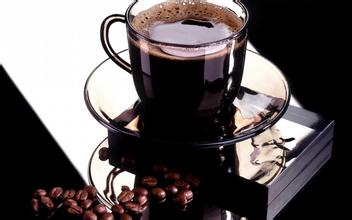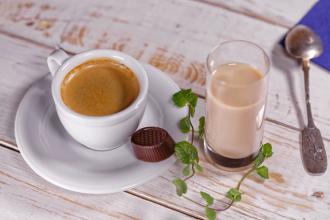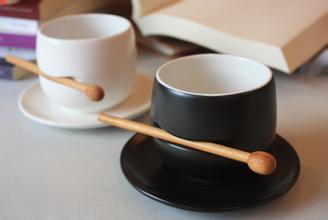Coffee and bean honey treatment which brand has good taste characteristics
Coffee and bean honey treatment which brand has good taste characteristics
Semi-washing, also known as "honey treatment", is a compromise between drying and washing, eliminating the need to ferment coffee fruits. Harvest → storage tank (remove impurities and unripe beans) → pulp removal machine (remove pulp and impurities) → washing pool (select light and hard beans) search → sun field (or dryer) → sheller (remove endocarp) → classification (electronic bean selector or hand selection, sieve, etc.) → outlet
Another method for the treatment of coffee berries is semi-washing. This method is developed on the basis of washing. The first step is the same as washing. When the fruit turns red, it is picked and put into the pool. The immature fruit floats and the ripe coffee fruit sinks. Remove immature coffee berries in this way. Then remove the silver peel of the ripe coffee berries with a special machine, spread the berries on the ground, dry them and then wet them, and finally use a special machine to grind off the dried flesh and take out the coffee seeds. These are raw coffee beans that have been semi-washed.
The advantage of this raw coffee bean treatment method lies in: on the one hand, it saves water, on the other hand, it avoids mildew in the fermentation process and other problems that are not conducive to the quality of coffee beans. Mantenin produced in Indonesia is mostly semi-washed. Brazil has also used semi-washing in recent years, and Brazil is the only country in the world that has both sun, water and semi-washing treatments.
Mucous membrane (Mucilage): under the skin and pulp, a thick layer of mucus tightly wraps the coffee beans. Because this mucous membrane is extremely sticky and high in sugar, it is used to call it "Honey". Not only coffee, but also many fruits have a layer of mucus inside. You can log on to Silver Skin/Chaff: there is a thinner film inside the parchment that wraps the coffee beans. Because the color is glossy and silvery, people used to call it "silver skin". This layer of silver will fall off during baking. Usually when you grind the coffee, you find some silver crumbs in the coffee powder. These crumbs are the silver skins that cannot be peeled off from coffee beans during baking.

Important Notice :
前街咖啡 FrontStreet Coffee has moved to new addredd:
FrontStreet Coffee Address: 315,Donghua East Road,GuangZhou
Tel:020 38364473
- Prev

The best time to grind coffee beans which kind of grinder has good scale thickness
The best time to grind coffee beans: which is the best time to grind coffee beans? coffee beans contain oil, so the bean grinder must be cleaned after grinding, otherwise the oil will accumulate scale, and it will smell stale after a long time, even if it is a high-grade bean. it was ground into a strange smell powder. After each use of the bean grinder, be sure to wipe the blade table with the wet market and clean the plastic top with warm hot water.
- Next

Characteristics of taste and taste of common coffee beans from producing area introduction to manor
Arabica (Coffee Arabica) and Robusta (Coffee Robusta) and other two original species. Each of them can be subdivided into more variety branches. Most of the coffee beans in circulation on the market are distinguished by their origin. The following lists some of the major producing countries and their famous coffee: Brazil Santos, Columbia Super, Jamaica Blue Mountain, Hawaii Kona, Kenya coffee beans
Related
- Guji coffee producing area of Guji, Ethiopia: Humbela, Shakiso, Wulaga
- What is the most expensive variety of Qiloso in BOP multi-variety group?
- How to store the coffee beans bought home?
- Why are Yemeni coffee beans so rare now?
- Ethiopian Sidamo all Red Fruit Sun Sun Santa Vini Coffee beans
- SOE is mostly sour? What does it mean? Is it a single bean? what's the difference between it and Italian blending?
- Is Italian coffee beans suitable for making hand-brewed coffee?
- How to choose coffee beans when making cold coffee? What kind of coffee beans are suitable for making cold coffee?
- Just entered the pit to make coffee, what kind of coffee beans should be chosen?
- Can only Japan buy real Blue Mountain Coffee? What are authentic Jamaican Blue Mountain coffee beans?

